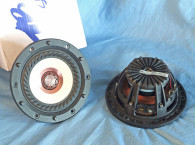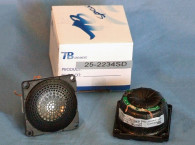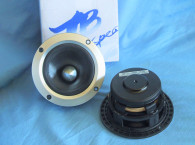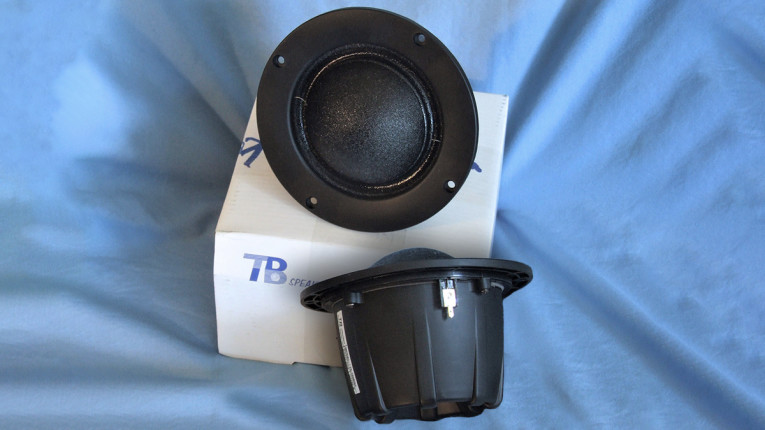
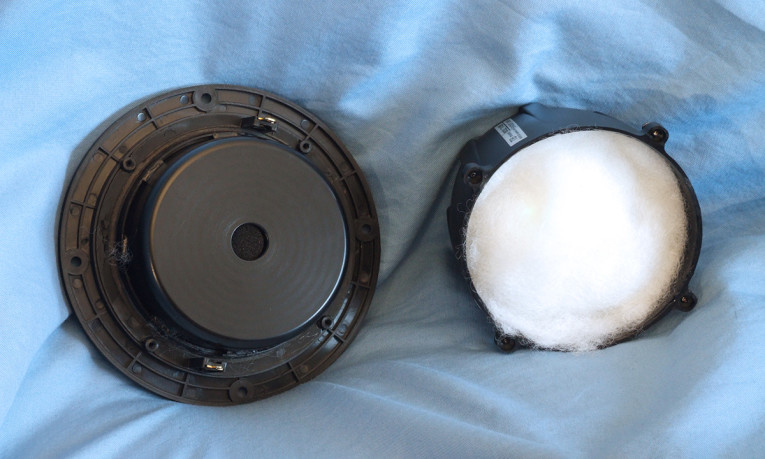
The motor system consists of large neodymium (neo) slug magnet with a low carbon content steel return cup with a black emissive coating (Photo 2) that also incorporates a distortion reducing shorting ring. The steel cup has a foam-damped vent that loads into a shaped and 100% polyester filled injection-molded back enclosure. Other features include 90dB 1W/1m sensitivity, an injection-molded faceplate, gold-plated terminals, and 25W rated power handing (200W on program material), 1.5mm Amax, and a nominal 8Ω impedance.
Testing commenced using the Linear LMS analyzer to produce the 300-point impedance sweep illustrated in Figure 1. With nominal 8Ω impedance, the 75-1558SH had 6.65Ω DCR, with minimum impedance mounted of 7.24Ω and at 1.52kHz.

Following the impedance test, I recess-mounted the 75-1558SH in an enclosure with a baffle area of 15” × 6” and measured the on- and off-axis frequency response using the Loudsoft FINE R+D analyzer (provided to Voice Coil by Loudsoft) and the GRAS 46BE 1/4” microphone (courtesy of GRAS Sound & Vibration), which were set up to measure the 200Hz to 40kHz frequency response (using a 192kHz sampling rate) at 2V/0.5m, normalized to 2.83V/1m. Sweeps were performed at 0°, 15°, 30°, and 45°. Figure 2 shows the on-axis response of the TB 75-1558SH midrange dome, which measured ±1.55dB from 0.7kHz to 6kHz, followed by a 2dB rise between 6kHz to 9.5kHz.
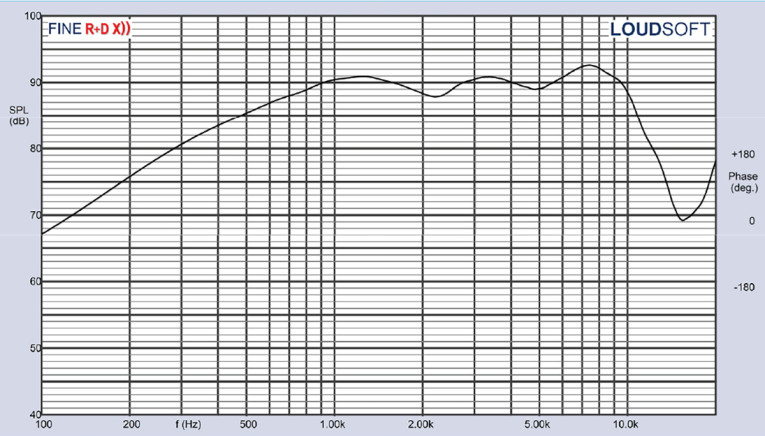
Figure 3 gives the on- and off-axis response of the TB 75-1558SH midrange dome. Figure 4 shows the off-axis curves normalized to the on-axis response. Figure 5 gives the CLIO 180° polar plot (measured in 10° increments with 1/3 octave smoothing). Figure 6 shows the two-sample SPL comparison of the TB 75-1558SH midrange dome, indicating the two samples were closely matched to within 0.5dB to 1dB throughout its operating range from 2kHz to 20kHz.
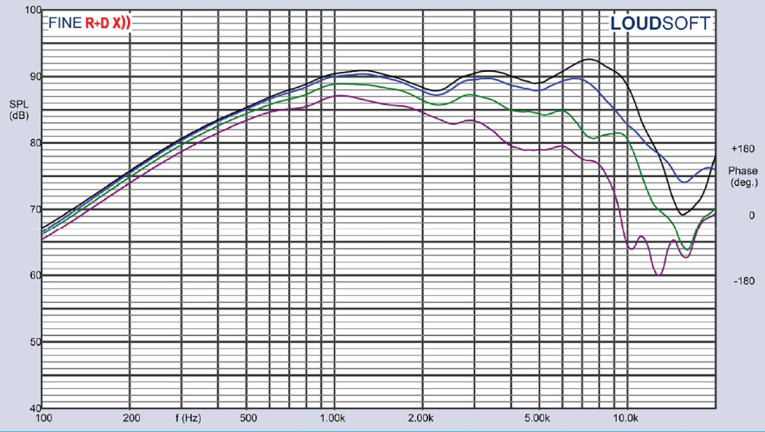

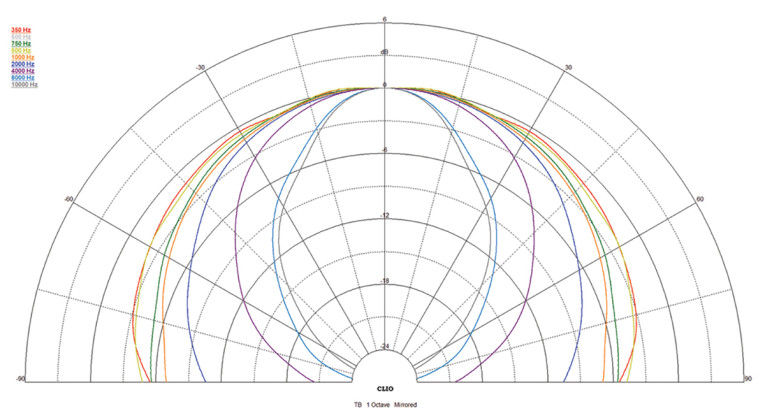
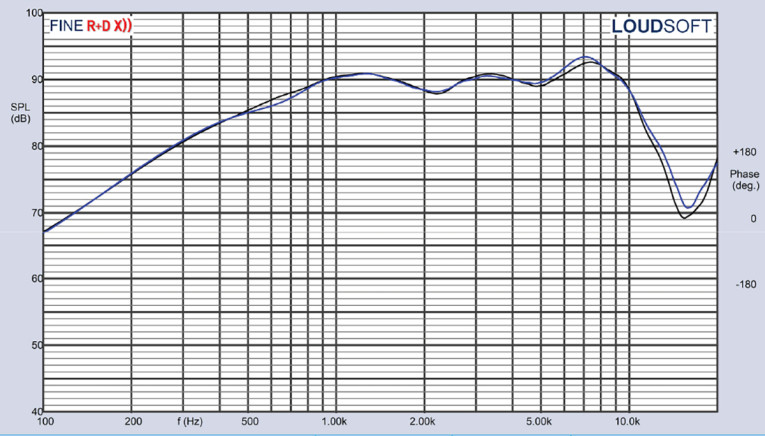
For the final group of tests I fired up the Listen, Inc. SoundCheck AudioConnect analyzer along with the Listen SCM 2 1/4” microphone (provided courtesy of Listen, Inc.) and measured the impulse response with the tweeter recess-mounted on the same 15” × 6” test baffle. Importing this data into the Listen SoundMap software produced the cumulative spectral decay plot (CSD) “waterfall” plot shown in Figure 7. Figure 8 depicts the Short Time Fourier Transform (STFT) displayed as a surface plot.
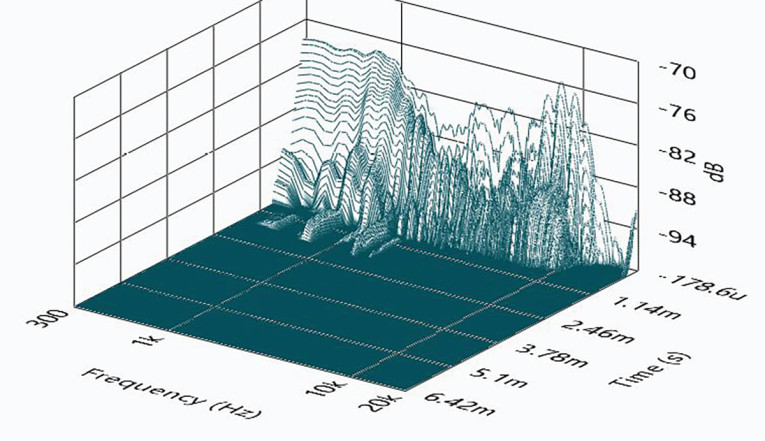
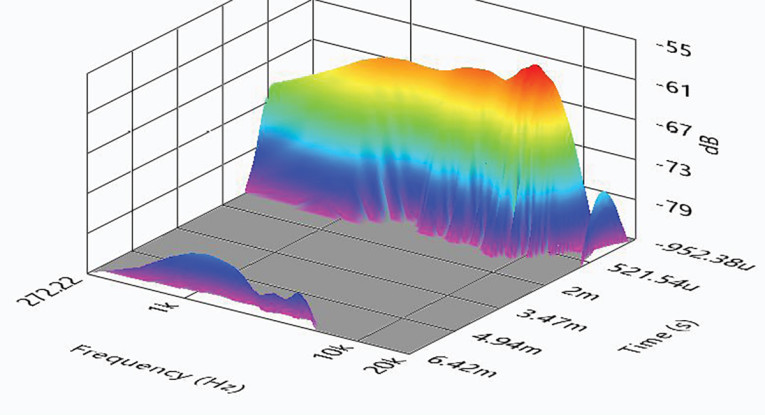
For the final test procedure, I set the 1m SPL to 94dB (4.81V) using a pink noise stimulus, and measured the second and third harmonic distortion at 10cm, illustrated in Figure 9. Distortion is dominated by the second harmonic with a very low third harmonic distortion, however even the second harmonic content is well below 1% above 400Hz.
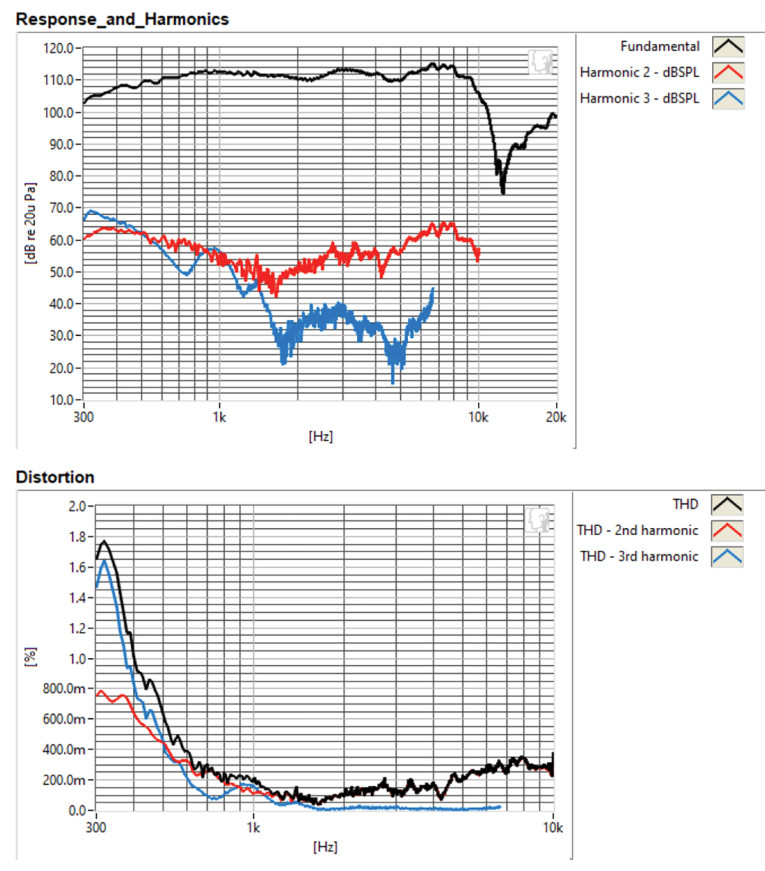
The build quality of the 75-1558SH is definitely appropriate to the high-end two-channel and studio monitor market for which it is intended. With the TB 75-1558SH midrange dome, I would have say that TB Speaker has created another modern classic. For more information about the TB 75-1558SH and other home hi-fi drivers and amplifiers, visit the TB Speaker website at www.tb-speaker.com. VC
This article was originally published in Voice Coil, June 2022.




